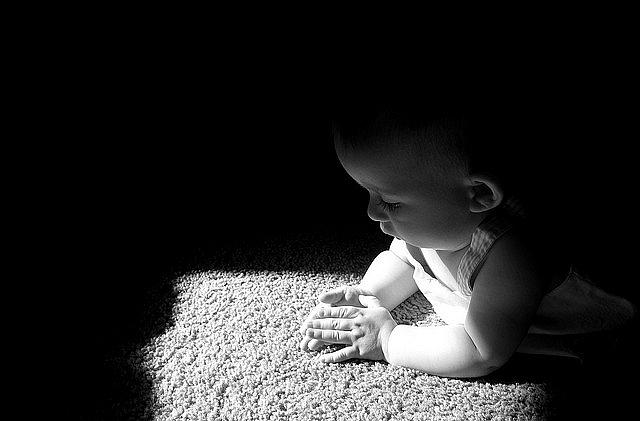Are ‘baby courts’ the answer to breakdowns in country’s child welfare system?

I’m a freelance journalist based in New York City, and I’ve spent the past few years traveling around the country writing about women in trouble with law enforcement or child welfare. These are women who in many cases are poor, have three or more children, and often also take care of other family members. Many of them have a history of being abused and are struggling with addiction.
One woman I wrote about for The New York Times Magazine was imprisoned in Alabama because she did meth while pregnant and miscarried. She was one of several women I profiled in Alabama arrested under a law called “chemical endangerment” that equated using drugs while pregnant with bringing a child into a meth lab.
For The New Republic, I wrote about a woman in Idaho who had been arrested for having an at-home abortion. Her lawyer sued to get the law repealed, and recently won at the circuit court, a victory I wrote about for New York magazine online.
Last year, the Alicia Patterson Foundation gave me a fellowship for four more of these pieces. For Cosmopolitan.com, I wrote about a woman in California who had her baby taken away for the first week of her life because of a suspicion that she and her boyfriend were on drugs. Soon after, her hair follicle drug test results, which would have shown any drug use in the prior three months, came back negative. And for NBCNews.com, I wrote about a woman on the border between Kentucky and Ohio. This month, that story won the 2015 Croly Award.
The subject of that piece had received extensive child welfare attention because her baby tested positive for Suboxone, the maintenance drug she had been prescribed by her doctor. The message she heard during pregnancy, one I’ve heard presented to a lot of women in similar situations, was: You can go cold turkey off the drug, and your baby may go into shock and die. Or you can continue to take the maintenance drug and then when your baby is born and tests positive for it, you may be subject to arrest and your child may be taken away.
Speaking to child welfare experts around the country in the course of reporting these stories, I’ve become convinced that people on both sides—those families in the system, and those charged with carrying out its rules—believe improvements to this country’s approach to child welfare are urgently needed. It’s a topic I’ll explore further through my USC Annenberg 2015 National Health Journalism Fellowship project. One possible innovation is the “baby court.” This term initially conjured for me the image of a baby in a wig and black robe, banging a gavel, but I now know it is a term for a new kind of child welfare court strongly grounded in new research on child trauma and development, particularly focused on the ages 0 to 3.
Thanks to USC Annenberg’s Fund for Journalism on Child Well-Being, I will be spending the next few months investigating baby courts. I am eager to learn if these new courts are in fact improving outcomes for children at risk and their families.
[Photo by peasap via Flickr.]

